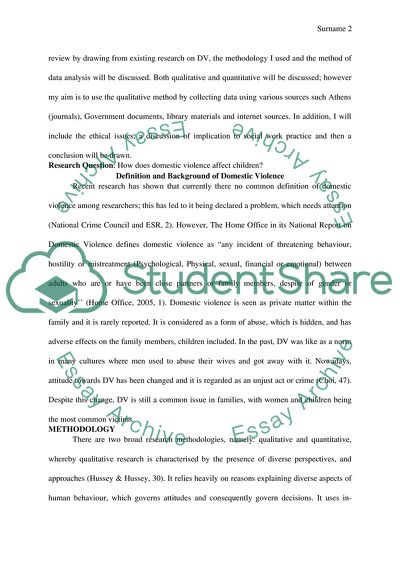Cite this document
(The Effects of Domestic Violence on Children Research Paper, n.d.)
The Effects of Domestic Violence on Children Research Paper. Retrieved from https://studentshare.org/psychology/1784755-the-effects-of-domestic-violence-on-children
The Effects of Domestic Violence on Children Research Paper. Retrieved from https://studentshare.org/psychology/1784755-the-effects-of-domestic-violence-on-children
(The Effects of Domestic Violence on Children Research Paper)
The Effects of Domestic Violence on Children Research Paper. https://studentshare.org/psychology/1784755-the-effects-of-domestic-violence-on-children.
The Effects of Domestic Violence on Children Research Paper. https://studentshare.org/psychology/1784755-the-effects-of-domestic-violence-on-children.
“The Effects of Domestic Violence on Children Research Paper”, n.d. https://studentshare.org/psychology/1784755-the-effects-of-domestic-violence-on-children.


